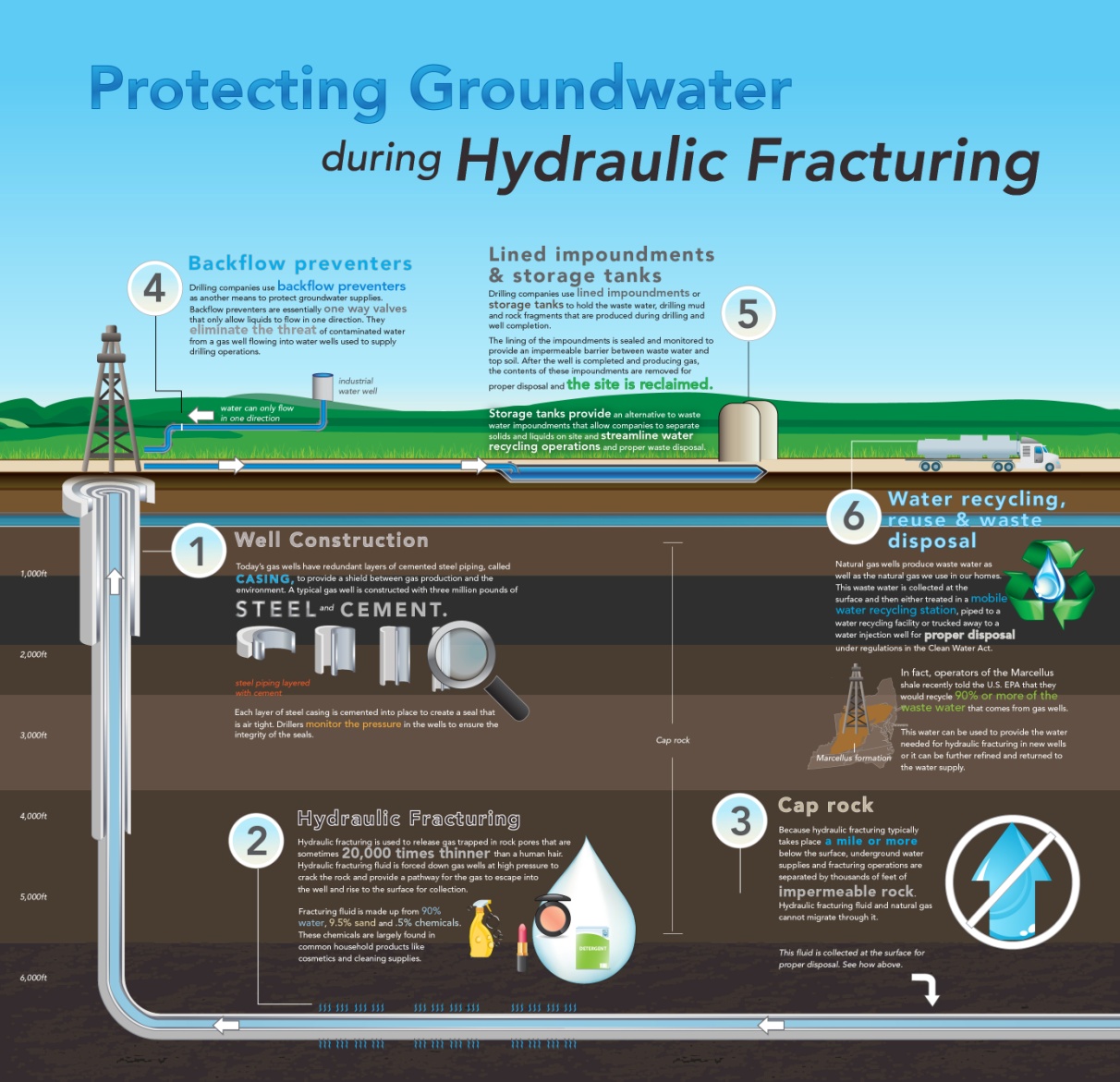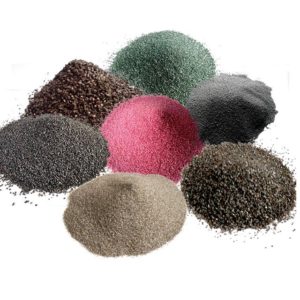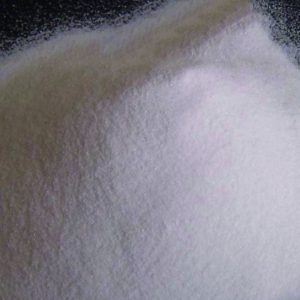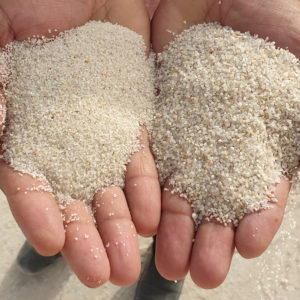Description
Frac sand gets its name from its use in hydraulic fracturing (“fracking”), a completion method used by oil and natural gas companies to produce natural gas, natural gas liquids, and oil from unconventional, low permeability reservoirs such as shale.
It is a high-purity quartz sand with very round grains. It is very durable and provides a crush-resistant material used in oil and gas industries for hydraulic fracturing (also called “fracking).
Proppants used in the petroleum industry must meet very demanding specifications. The typical characteristics of high quality frac sand include:
- high-purity silica sand
- a grain size that is perfectly matched to job requirements
- a round shape that allows it to be carried in hydraulic fracturing fluid with little turbulence
- durability to resist the crushing forces of closing fractures
It comes in various sizes. It can be as small as 0.1 millimeter in diameter to over 2 millimeters in diameter. Most frac sand used in oil and gas industries are between 0.4 and 0.8 millimeters in size.
Why Frac Sand Makes a Good Proppant?
After the surface pumps are turned off, the fractures contract but do not close completely because they are propped open by billions of grains of it. This occurs when there is sufficient sand remaining in the rock to resist the force of the closing fractures.
It is known as a “proppant” because it props the fractures open by forming a network of pore spaces that allow petroleum fluids to flow out of the rock and into the well. Although there are other types of proppants available, depending on the type of well, frac sand often delivers the highest performance.

And it’s the removal process where the problems lie for our groundwater. It’s been estimated that anywhere between 20 and 40 percent of the chemicals are left behind. They can then seep into the groundwater, contaminating wells and rendering the water undrinkable. Who hasn’t seen the pictures of people lighting their tap water on fire? Benzene is one of the chemical components of the chemical cocktail pumped into the ground. It’s a byproduct of petroleum production and a Class A carcinogen. Benzene exposure has long been known to cause various forms of leukemia. Benzene exposure to eyes or skin can cause irritation. Drinking benzene in you water causes stomach irritation, vomiting, convulsions, rapid heartbeat and even death. Have you ever imagined lighting the water coming out of your household faucet on fire? If so, you might as well be asking the question “Should I have my water tested for poison?” Private Lab Results can test for fracking chemicals… Do not wait for you or a loved one to become sick. If you live near where fracking is taking place, your water should be tested for poison, toxins and herbicides.







Reviews
There are no reviews yet.